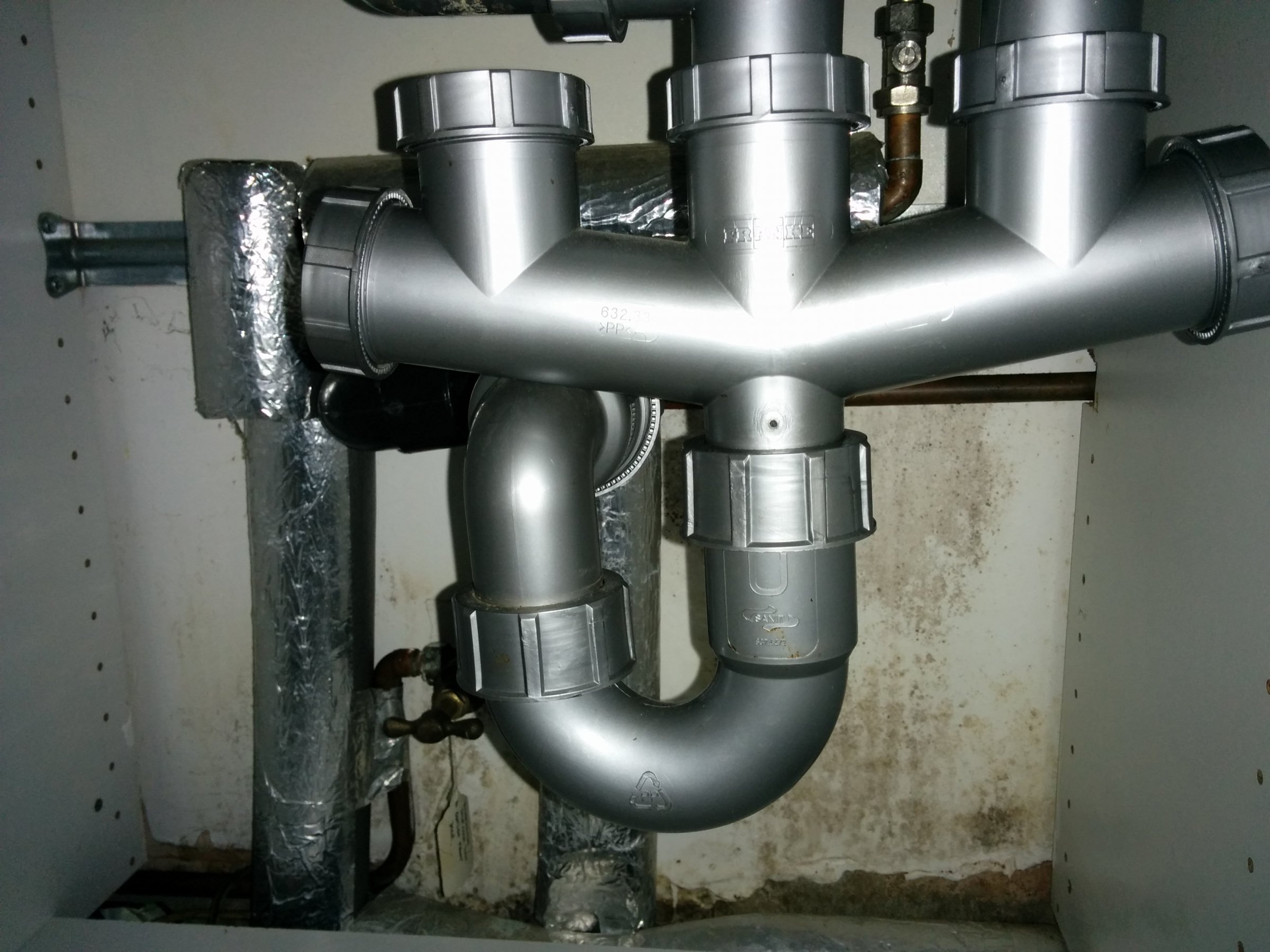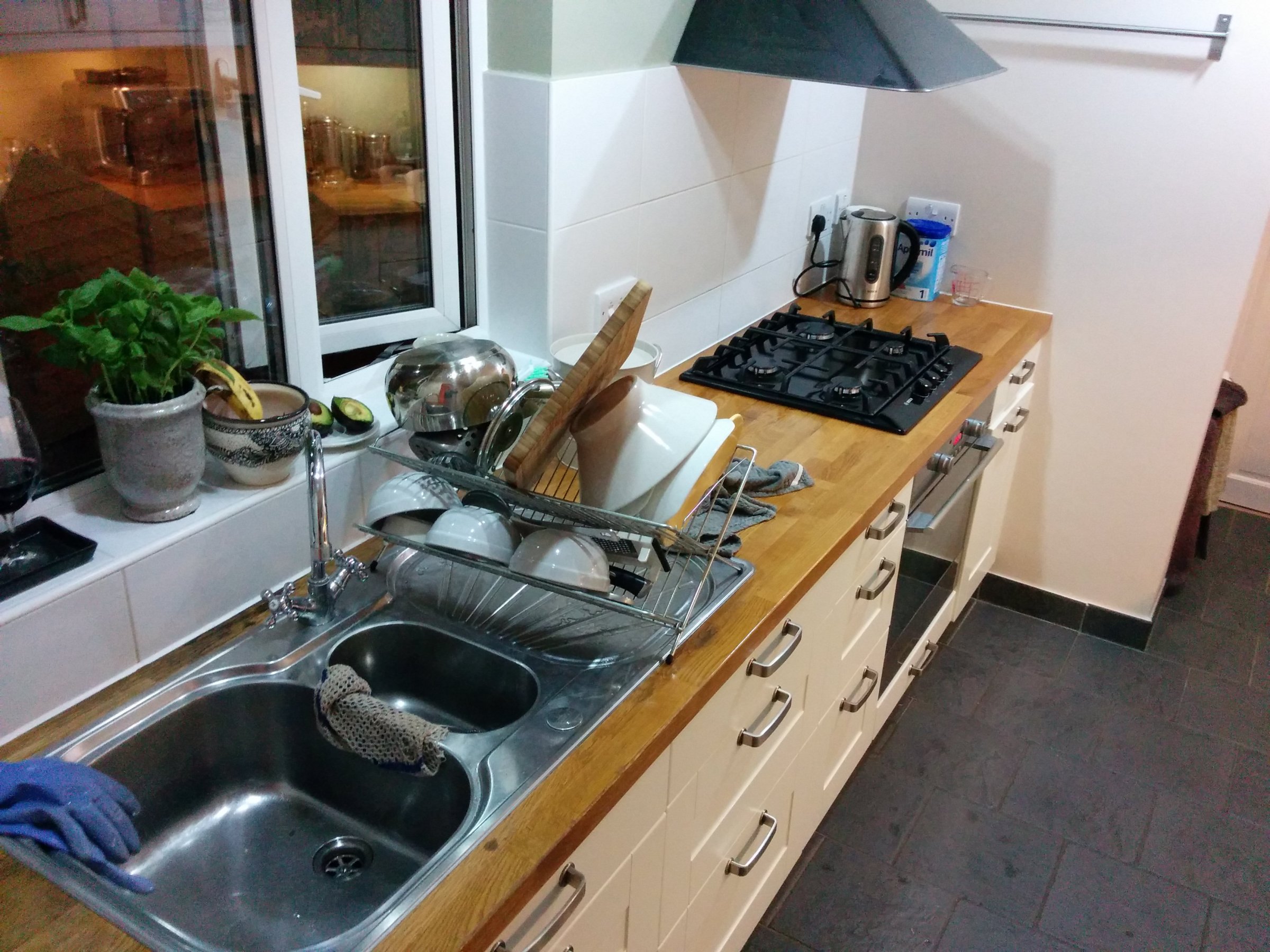- Joined
- 28 Oct 2015
- Messages
- 3
- Reaction score
- 0
- Country

Hi DIYers,
I've just had a nasty surprise only days after moving into our new property. We've discovered mould in the kitchen, both along the drywall, and to a less extent, in the kitchen cabinet (see pictures). The property is a typical Victorian terraced house (with the kitchen being slightly extended from the property) and the mould appears on the "external" facing wall of the kitchen.
I should note that our initial building inspection uncovered loose or old joints in the brick which may be leading to water infiltration. As we are planning a loft extension next summer, our original plan was to wait until next year to fix the brickwork, though I am no longer sure we can afford to wait.
Before calling in the experts (and possibly being "shaken down"), I wanted to reach out to know what my options are at this point. Should I simply wash the affected area with bleach and monitor the situation closely ? Should I install more ventilation or a heater to dry-out the wall until the root cause is addressed ? Should the drywall and cabinets be removed ASAP, while the wall is aired out ? Or should I simply call in the cavalry and defer to damp experts ?
I do truly appreciate your input. As a new owner, I'm feeling slightly in over my head at this point...
All the best,
Guillaume



I've just had a nasty surprise only days after moving into our new property. We've discovered mould in the kitchen, both along the drywall, and to a less extent, in the kitchen cabinet (see pictures). The property is a typical Victorian terraced house (with the kitchen being slightly extended from the property) and the mould appears on the "external" facing wall of the kitchen.
I should note that our initial building inspection uncovered loose or old joints in the brick which may be leading to water infiltration. As we are planning a loft extension next summer, our original plan was to wait until next year to fix the brickwork, though I am no longer sure we can afford to wait.
Before calling in the experts (and possibly being "shaken down"), I wanted to reach out to know what my options are at this point. Should I simply wash the affected area with bleach and monitor the situation closely ? Should I install more ventilation or a heater to dry-out the wall until the root cause is addressed ? Should the drywall and cabinets be removed ASAP, while the wall is aired out ? Or should I simply call in the cavalry and defer to damp experts ?
I do truly appreciate your input. As a new owner, I'm feeling slightly in over my head at this point...
All the best,
Guillaume










